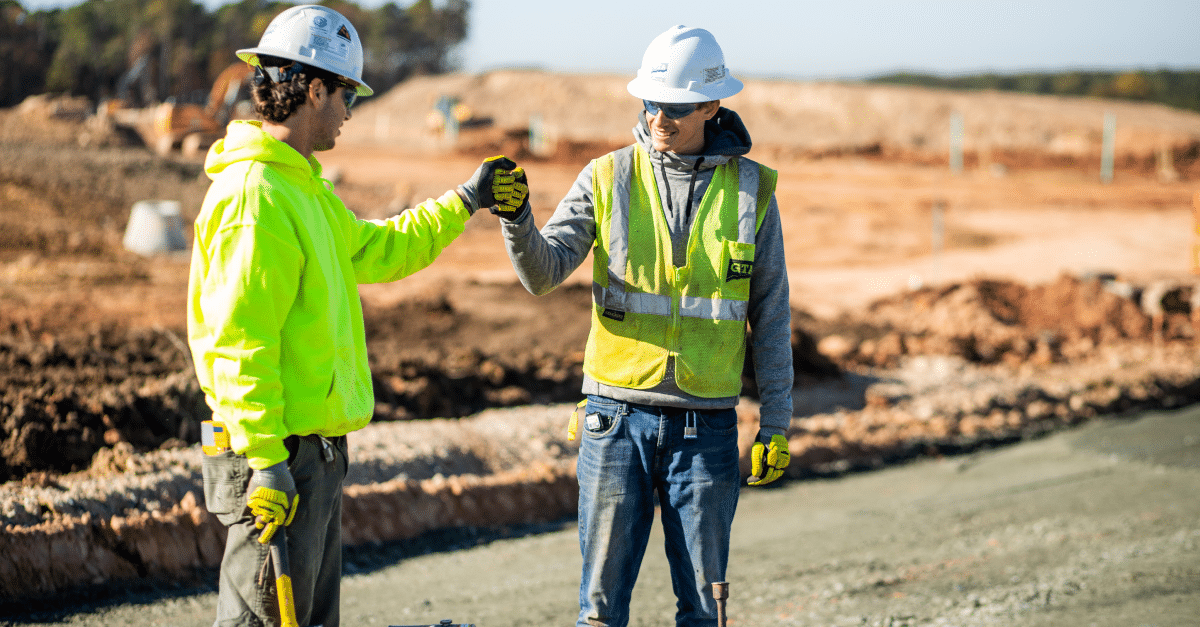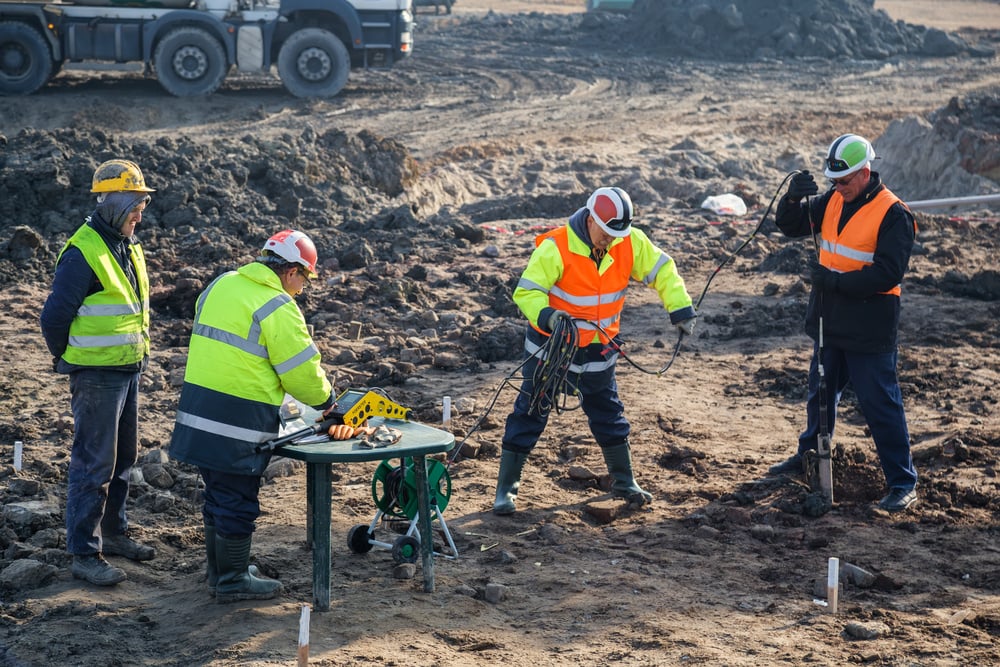Geotechnical Engineering For Construction Projects for Dummies
Geotechnical Engineering For Construction Projects for Dummies
Blog Article
What Does Geotechnical Engineering For Construction Projects Do?
Table of ContentsGeotechnical Engineering For Construction Projects Things To Know Before You Get This3 Easy Facts About Geotechnical Engineering For Construction Projects DescribedGeotechnical Engineering For Construction Projects Fundamentals ExplainedAbout Geotechnical Engineering For Construction ProjectsAn Unbiased View of Geotechnical Engineering For Construction Projects
Consequently, during the investigation, it is necessary to pierce at the required deepness and the needed number of openings based on the recommendation of the Canadian Structure Style requirement. Often, the owner might conserve some Geotechnical Investigation cost but finish up spending greater than the anticipated during the construction expense.The duties of the geotechnical specialist include providing product testing for building and construction assistance. Geotechnical Engineering for Construction Projects. Geotechnical engineers evaluate all the field test records to guarantee that building is taking place as per the task spec. Throughout building and construction, a confirmatory test for soil compaction is done on-site to make certain that no future settlement takes place
After the concrete is poured -7 days and 28 days- examinations are conducted on concrete samples gathered from the site to make sure that the concrete put fulfills the style criterion. Asphalt core is taken after the Asphalt is laid and compacted to validate that it fulfills the layout criterion. All lab examination reports are analysed by the Geotechnical Engineer to make certain that it meets the task specification.
A Biased View of Geotechnical Engineering For Construction Projects

Geotechnical design plays an important duty in ensuring the security of building and construction tasks. Geotechnical design is an essential branch of civil engineering that concentrates on understanding the behaviour of planet products, such as soil and rock.

For a trustworthy structure and a smooth building procedure, depend supply the know-how you require. Contact to obtain specialist suggestions and geotechnical solutions customized to your following job.
The Basic Principles Of Geotechnical Engineering For Construction Projects
When embarking on a land development project, understanding the ground under your feet is as critical as the structures you intend to develop above it. Our Geotechnical Engineering group analyse the ground, guaranteeing it is appropriate for the recommended advancement while supplying you with the information required to fulfill your task goals.
Geotechnical Engineering checks out the formation of the ground, as it is the structure obstructs for all tasks. Where frameworks require to be created relative to the ground conditions; ground problems (e.g., soft ground) might require strengthening depending upon the size of the designated framework. Before structure, you need to know concerning the groundwater, soil framework, and liquefaction probability of your land.
For sites that are not attached on the local authority infrastructure added site investigations would be required to offer technological inputs for on-site stormwater and wastewater. We have actually experienced Geotechnical Designers based in each office, supporting your geotechnical demands across the country. Connect to us to discuss just how we can sustain your following task.
These reports are customized to meet the particular requirements of a job and include style criteria and suggestions for the building and construction of a series of man-made structures. As offering consultancy services covering locations such as incline stability and load-bearing abilities for different products, these engineers take on study and development activities to enhance methods, equipment, materials understanding and evaluation covering whole lifecycles.
How Geotechnical Engineering For Construction Projects can Save You Time, Stress, and Money.

Nevertheless, prices of pay normally raise as your knowledge and skills grow, with guidelines aiming to a graduate beginning income of between 18,000 and 28,000 each year in the UK. This increases to 26,000 to 36,000 with a couple of years of experience and afterwards getting to 40,000 to 60,000+ for senior, legal or master designers.
With the ideal application it is possible to master the occupation and gain entrance to a tough yet fulfilling and important job. A geologist would need to re-train to come to be a geotechnical designer, although there is a lot of cross-over between both professions, which might make this easier - Geotechnical Engineering for Construction Projects. Geologists need to have an understanding of dirts, rocks and other products from a clinical point of view, while geotechnical designers tale their expertise of matters such as dirt and rock mechanic, geophysics and hydrology and use them to design and ecological projects
When starting, these designers will often tend to service less intricate tasks, developing expertise and experience ready for more tough work later on. Geotechnical engineers tend to be experts in details locations as they expand in experience, focusing on certain frameworks such as railways, roadways or water. These designers additionally work with sustainable power, offshore and onshore oil and gas, nuclear power, and much more.
6 Easy Facts About Geotechnical Engineering For Construction Projects Described
The time taken to become a geotechnical designer relies on where you are based, where you research and what degree of education and learning you desire to achieve prior to entering the workplace. For instance, are you mosting likely to explore an instruction, take an university level or work with in the direction of a Master's or PhD? Nonetheless, generally-speaking it takes 3-4 years to reach the fundamental needs to begin a career as a geotechnical engineer.
These operations allow professionals to evaluate a host of dirt technicians consisting of weight, porosity, void-to-solid fragment ratio, permeability, compressibility, maximum shear toughness, birthing ability and contortions. If additional reading the structure requires a deep foundation, designers will certainly use a cone infiltration examination to approximate the amount of skin and end bearing resistance in the subsurface.
When analyzing an incline's equilibrium of shear stress and shear strength, or its capacity to endure and go through motion, rotational slides and translational slides are typically considered. Rotational slides fall short along a rounded surface area, with translational slides occurring on a planar surface. An expert's goal is to identify the problems at which a slope failure can occur.
Typically, findings suggest that a website's soil ought to be treated to enhance its shear stamina, tightness and permeability before layout and building and construction. When it comes time to outline foundation strategies, specialists are increasingly concentrated on sustainability, more especially how to minimize a foundation's carbon impact. One method has actually been to replace 20 percent of a browse around this site foundation's cement with fly ash, a waste item from coal fire power plants.
Report this page